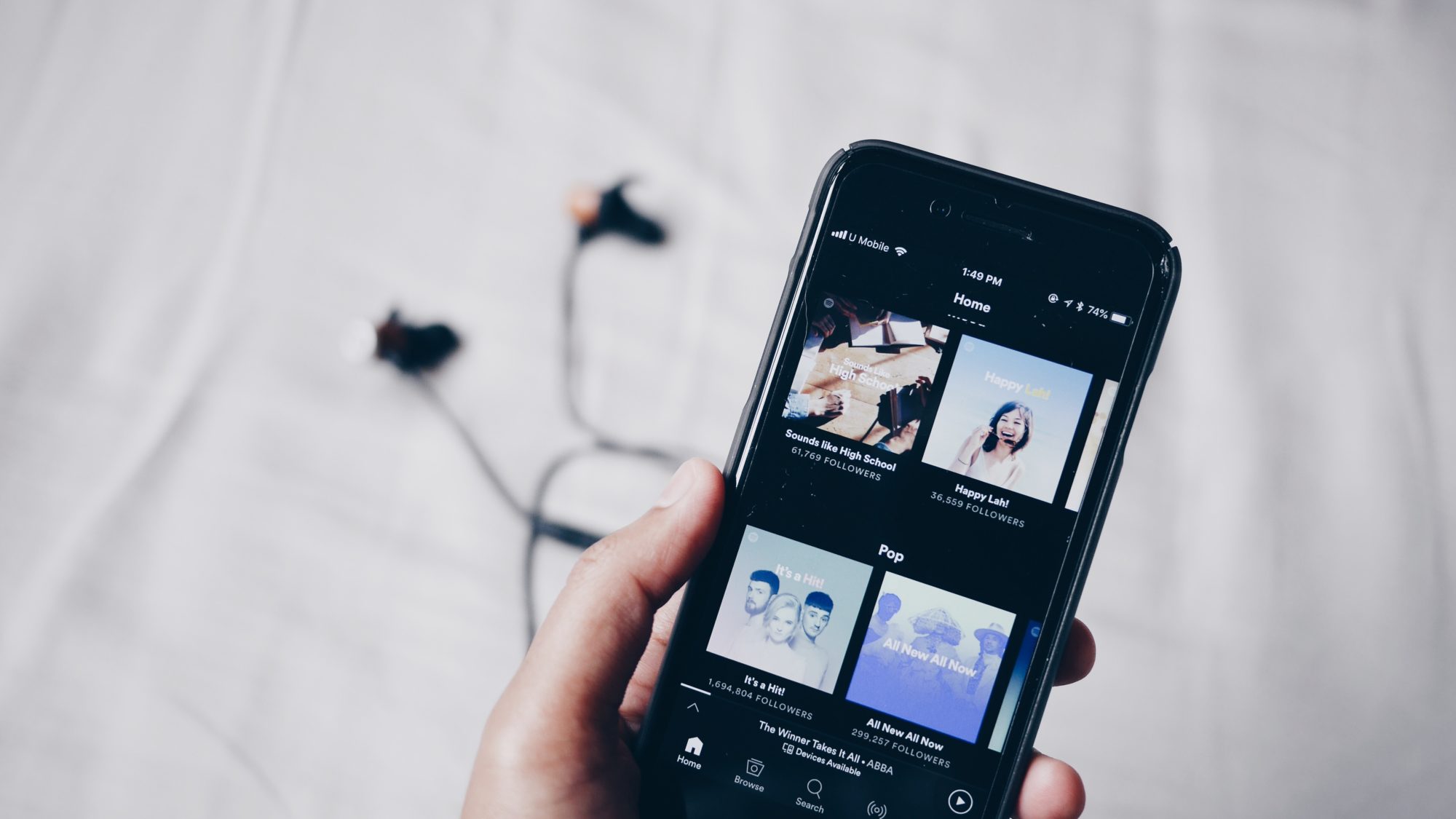

Written by: Shay Coulson | Photo(s) by: Fixelgraphy
How Spotify Removing The Shuffle Button From Albums Will Change Music Consumption
In a swift response, Spotify has removed the shuffle button as a default option from the app’s album pages.
After Adele released her latest album, 30, on November 19th, the international superstar made a convincing request that the songs on her new album be played in the order she intended.
“This was the only request I had in our ever changing industry!” the Grammy-winning singer tweeted on Saturday. “We don’t create albums with so much care and thought into our track listing for no reason. Our art tells a story and our stories should be listened to as we intended.”
Spotify was surprisingly quick to respond to the request, tweeting back, “Anything for you.”
While this isn’t the most monumental news, it does impact how the 365 million Spotify users will listen and consume music.
Since its inception in the early 2000s with the arrival of the iPod, the shuffle feature radically changed the way how people around the world encountered and consumed music. The art of listening to a full album front to back was lost, while an emphasis was placed on singles. That, and the mass use of iTunes allowed listeners the option of buying just single tracks from an album. Music fans naturally placed an emphasis on creating their own unique playlists, “shuffled” with a plethora of tracks from various artists.
Once streaming services hit the market, random listening was further encouraged. Spotify initially used the Fisher-Yates algorithm for shuffling, similar to randomly selecting tickets out of a hat until there are none left. Just like all software faults, the conventional algorithms had its downfalls, and saw heavy complaints from users if an artist was played more than once in an hour. It wasn’t until software engineer Martin Fiedler came up with a newly designed shuffling algorithm in 2014 that helped revamp Spotify’s shuffling feature that made it nearly impossible to hear five songs from the same artist in a row on shuffle mode.
According to the RIAA (Recording Industry Association of America), the release of full albums and CDs reached their peak in 2000 and accounted for 87.3% of the total sales volume that year, whereas digitally downloading an album or single online was yet nonexistent.
Just a short two decades later in 2020, CDs accounted for a mere 8.9% of the total sales volume, overthrown by a 72.3% majority of total sales volume by downloaded singles. Even downloaded albums only accounted for a small 9.3% of total sales volume in 2020, an 11.7% decrease from 2019.
While Spotify’s full shuffle function is still going strong, there’s something to be said on their choice to remove it as a default listening setting for albums. Spotify listeners will now have to go into their settings and opt into album shuffling, something that seems will be overlooked by a lot of users.
Personally, we’re totally excited to go back to the classic ways of listening and consuming music all the way through as it was intended. Whether on a full-length album or just a three-track EP, artists craft songs together with an intended flow to their tracks. Let’s respect that and dive back into it.